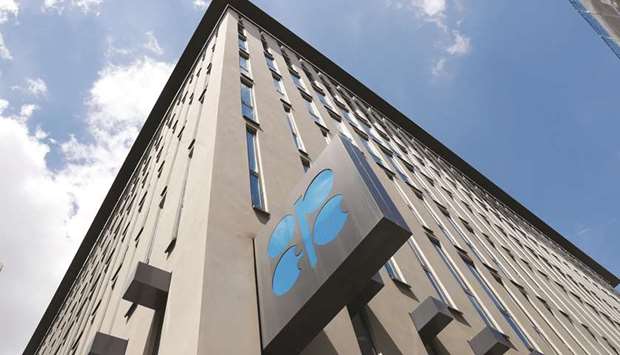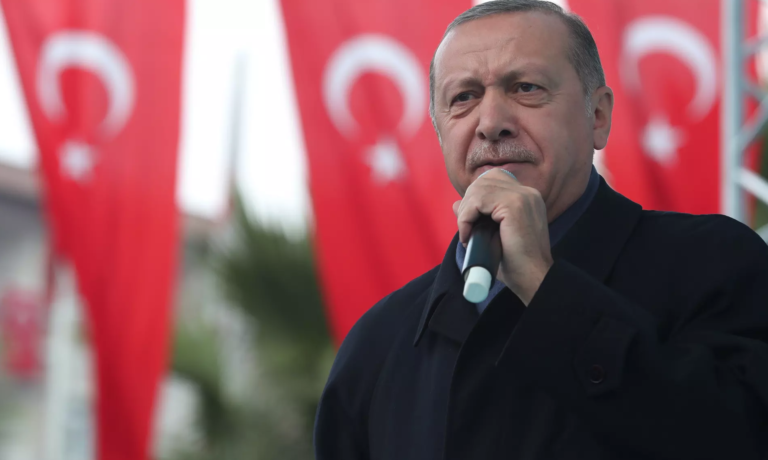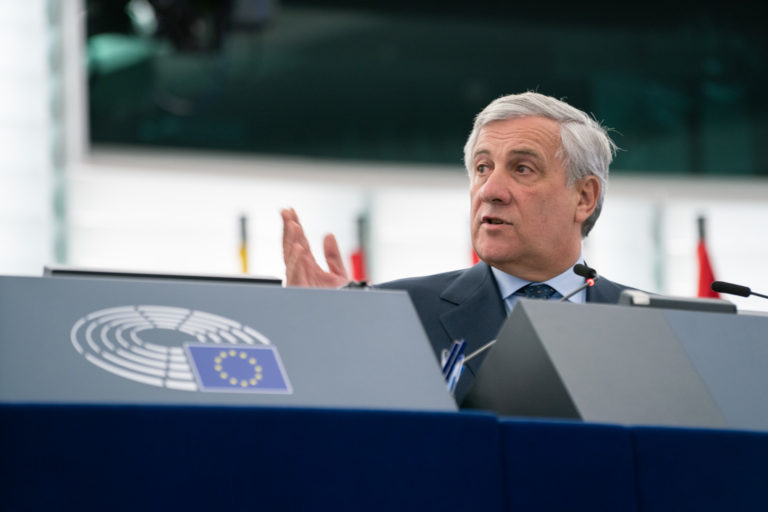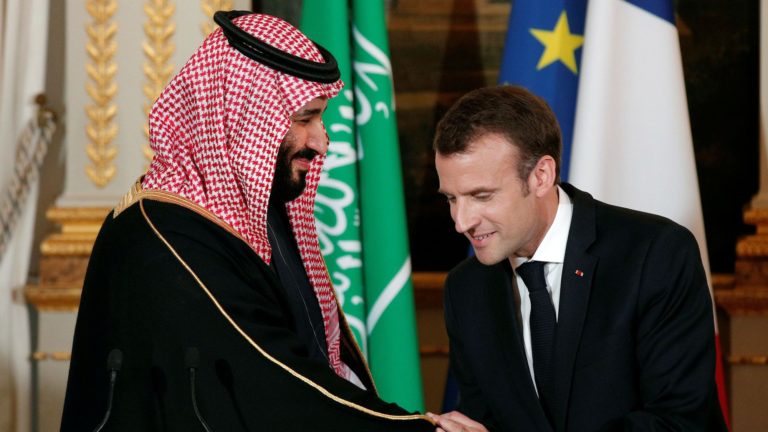At about noon on Tuesday two regional leaders are due to make landmark addresses. In Riyadh, the de facto ruler of Saudi Arabia, Mohammed bin Salman, will open an investment showpiece declaring the kingdom open for business. In Ankara, the Turkish president, Recep Tayyip Erdoğan, is expected to make a speech that may well shut down the beleaguered kingdom.
Such are the stakes when Erdoğan takes to a podium to discuss the death of the Saudi dissident Jamal Khashoggi that the region may not be the same when he’s finished.
Three weeks to the day since Khashoggi vanished after entering the Saudi consulate in Istanbul, Erdoğan has pledged to table the “naked truth” about what happened to the columnist and critic, whose fate continues to grip both countries and polarise the Middle East.
If he stays true to his pledge, much of the evidence that Turkey has gathered, incriminating Saudi Arabiain a plot to kill Khashoggi, will be revealed: in pictures, video and even bloodcurdling audio said to document his torture and death.
Setting the scene on Monday, a spokesman for the ruling party for the first time described Khashoggi’s death as a “complicated murder” that was “monstrously planned”.
That Erdoğan, not his bureaucrats, is now prepared to put his name to the material takes this extraordinary event to a new level. The Turkish strongman is expected to accuse the inner sanctum of power in Riyadh of organising a hit on Khashoggi, directly contradicting its claims that state officers had acted beyond their authority in an attempt to please their masters.
Such an allegation carries with it a weight not yet seen in Riyadh, where blanket early denials had first given way to begrudging disclosures, then partial admissions, cover-ups and fall guys. Dread is the order of the day, as the already-troubled investment conference looms. And in some quarters of the royal court, a palpable sense of panic has taken hold.
Erdoğan has the Saudis – in particular, the crown prince, Mohammed bin Salman (AKA MbS) – right where he wants him. Out of crisis has come opportunity for the veteran Turkish leader, who has never warmed to the brash 33-year-old, and thinks even less of his regional allies.
The two men have vastly different visions for the future of the region: Erdoğan has been a champion of political Islam both at home and abroad, particularly since the rise and fall of Mohamed Morsi, the ill-fated former president of Egypt who hailed from the Muslim Brotherhood. The Turkish president has partnered with Qatar, Riyadh’s regional foe, given shelter to those exiled after Morsi fell, and remained a bulwark for a movement that Riyadh and its ally the United Arab Emirates see as existential threats.
But he has remained on the losing end of the struggle for regional power and influence.
The prince, meanwhile, has been attempting to remodel Saudi Arabia, eschewing its deep links to the Wahhabi, Salafi religious establishment and turning it into an Arab nationalist police state. Abu Dhabi and Cairo are models here. And with Riyadh, the triumvirate had been in the ascendant regionally, ever since Morsi fell.
For Erdoğan, the gruesome killing marks a historic moment: a chance to turn the tables gifted to him by a cruel and reckless act that has sparked lasting revulsion, even among the kingdom’s allies.
“This has become a strategic struggle between Erdoğan and his vision for the Middle East and a vision shared by MbS and his allies, MbZ [Mohammed bin Zayed, the crown prince of Abu Dhabi] and [the Egyptian president Abdel Fatah] al-Sisi,” said Soner Çağaptay, the director of the Turkish programme at the Washington Institute.
“Erdoğan sees an opportunity in the Khashoggi murder – in that he realises MbS has become the weakest link in the anti-Erdoğan, anti-Muslim Brotherhood corner of the region. This is really thin ice that MbS is dancing on and I think Erdoğan is attempting to make it even thinner.
“The roots really go back to 2013 [when Morsi was forced out of power]. He has refused to deal with the Sisi government, calling it illegitimate. Sisi is the secularist general who locked up political Islamists. And Erdoğan is the political Islamist who locked up secularist generals.”
Senior Saudis who sought solace from Erdoğan in Ankara in the past fortnight left town believing he had an even bigger prize in sight – relaunching Turkey as a regional Islamic power base, while diminishing Riyadh’s claim to be the pre-eminent voice for Sunni Islam.
Khaled al-Faisal, the governor of Mecca, returned after seeing Erdoğan and was really worried, one senior member of the royal family has revealed. “He wasn’t budging, he didn’t want to listen to anything we said. Al-Faisal came back and told the King we have a crisis.”
Çağaptay believes Erdoğan’s goals are more limited – for now. “He wants not to go after the Saudi royal family, to whom he’s deferential, including the King. What he’s trying to get out of this is to sideline, or maybe even neutralise MbS at least when it comes to Turkey. He wants to take one of his opponents out of that triple entente that opposes him.”









